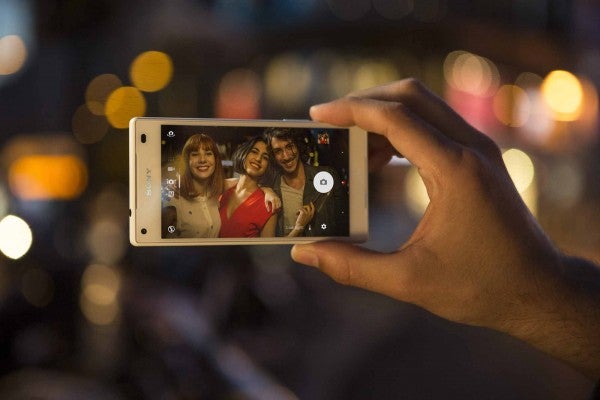We take a look at how the specifications of some of the best cameraphones on the market compare to help you choose the best model for you.
The capability of a smartphone’s camera is one of its key selling points. Apple claims that its iPhone cameras are the most popular cameras (not just amongst mobile phones, but all picture taking devices) in the world, while others launch their marketing campaigns on the back of what the camera is claimed to do.
As they say, the best camera is the one you have with you and therefore its important in this age of all-doing devices that the camera is up to scratch.
In this piece, we’re going to look at the key camera specifications for some of the top-of-the-range smartphones currently available to buy.
The phones that we are looking at in this comparison are as follows:
- Apple iPhone 6S
- Sony Xperia Z5
- Samsung S6 Edge
- LG G4
- HTC One M9+
- Google Nexus 5X
- Google Nexus 6P
- Microsoft Lumia 950
- Huawei P8
Best cameraphone: sensors

It took a while for Apple to make a resolution leap from its trusted 8 million-pixel sensor, but finally with the introduction of the iPhone 6S we’ve got something which is in the 12 megapixel and above bracket.
While Apple is shouting about its new resolution, it still remains the lowest of all the devices in this list.
Sitting at the top of the pile is the Sony Xperia Z5, which features a 23 million pixel, which is also physically larger (at 1/2.3 inch) than most smartphone sensors – that’s good news for all those extra pixels crammed on the sensor.
Meanwhile, both the Microsoft Lumia 950 and the HTC One M9+ feature 20-million pixel sensors, and the Samsung Galaxy S6 Edge and LG G4 have 16 million pixel devices.
The Huawei P8 has a 13-megapixel sensor, while the Google Nexus 5X and 6P share the same 12.3 million pixel sensor, making them closest in terms of resolution to the iPhone.
Best cameraphone: lenses
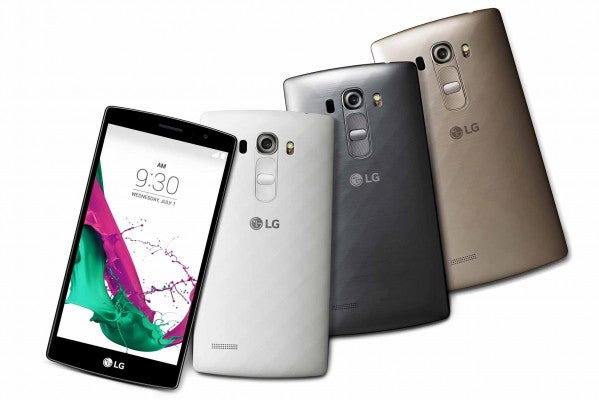
A camera’s lens is equally as important as the sensor in terms of image quality, and despite their small size, there’s some impressive specs on offer here from all of the devices in the list.
With low light firmly in mind, all of the cameras are equipped with reasonably wide aperture lenses. The widest of all is the LG G4, which has an f/1.8 lens, closely followed by the Microsoft Lumia 950 and the Samsung Galaxy S6 Edge which have f/1.9 optics.
The Sony Xperia Z5’s G lens offers f/2.0, as does the Huawei P8, while both the HTC One M9+ and the iPhone 6S max out at f/2.2.
Best cameraphone: selfies
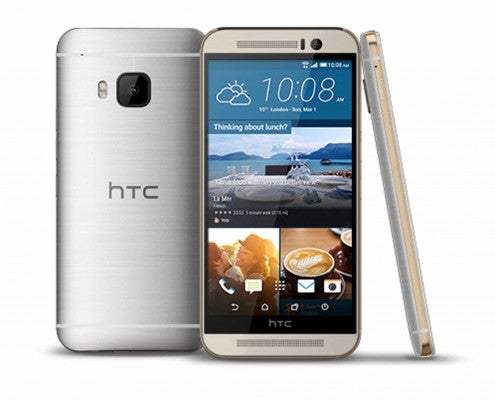
Mobile phone manufacturers are now recognising the importance of a high quality front facing camera, which can undoubtedly be tied to the huge surge in popularity of the selfie.
While still playing second fiddle to the much more powerful rear camera, the specs of the secondary camera should be given serious consideration too.
All of the cameraphones in this list feature a front facing camera with at least 5 million pixels, something which the iPhone has recently caught up with (it’s previous iPhone 6 front facing camera was a mere 1.2 million pixels).
Best cameraphone: memory

With the modern day penchant for snapping everything in sight, your phone’s memory can quickly fill up. It can therefore be a bonus if your smartphone’s memory is large, and perhaps even better, expandable.
The iPhone 6S is available in 16, 64 and 128GB variants – if your budget can stretch to the biggest memory available it’s advisable if you’re planning on taking a lot of photos.
It’s a similar story with the Samsung Galaxy S6 Edge, which is available in 32, 64 and 128GB variants.
However, the other cameras in the test are the most flexible, giving you the option to expand memory by adding mini SD cards. The Samsung, LG, HTC and Huawei are all compatible with memory cards up to 128GB, while the Sony Xperia Z5 and the Microsoft Lumia 950 can all go up to 200GB.
Best cameraphone: video
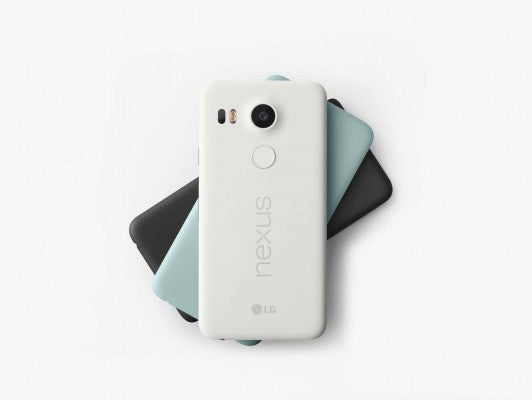
With the exception of the Huawei P8, all of the phones in this group can shoot 4K video. The introduction of this super high resolution is new for the iPhone range, which added it to the iPhone 6S and iPhone 6S Plus.
Not all of the phones have 4K screens though, which means you’ll need an external device to watch the video in its full 4K glory. However, the Sony Xperia Z5 is being marketed as the world’s first 4K mobile phone as, you’ve guessed it, you can watch back your 4K videos in the resolution they were shot in – fancy that.
Best cameraphone: price
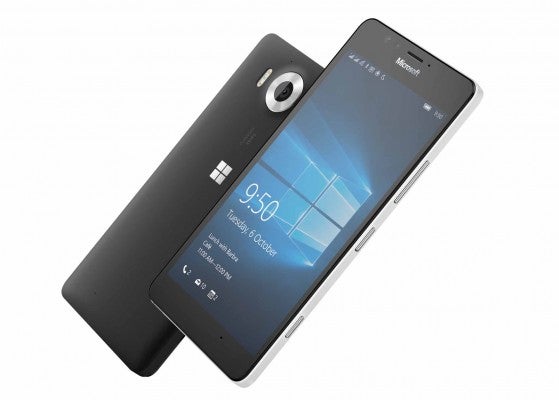
The price of a mobile phone can sometimes be academic if you choose to get one on a contract which is paid for in monthly instalments.
There’s also different prices depending on the memory of the phone you want to buy, which can easily add or subtract a couple of hundred pounds.
It may come as no surprise that the Apple iPhone 6S, with 128GB sits at the top of the price list at around £750, with the Google Nexus 5X being the lowest priced, at around £350.
Best cameraphone: verdict

Choosing the best phone from the list is no easy feat, as all of them offer things which should appeal to most phone photographers.
Some will be vehemently in the church of Apple, while others will deliberately stand outside it – but it goes without saying that if Android is your bag, the choice is much more flexible.
Overall however, it seems that the Sony Xperia Z5 offers the most in terms of credible photography specs for somebody who wants the best possible images from their smartphone possible – it’s also available at a mid-range price too.





